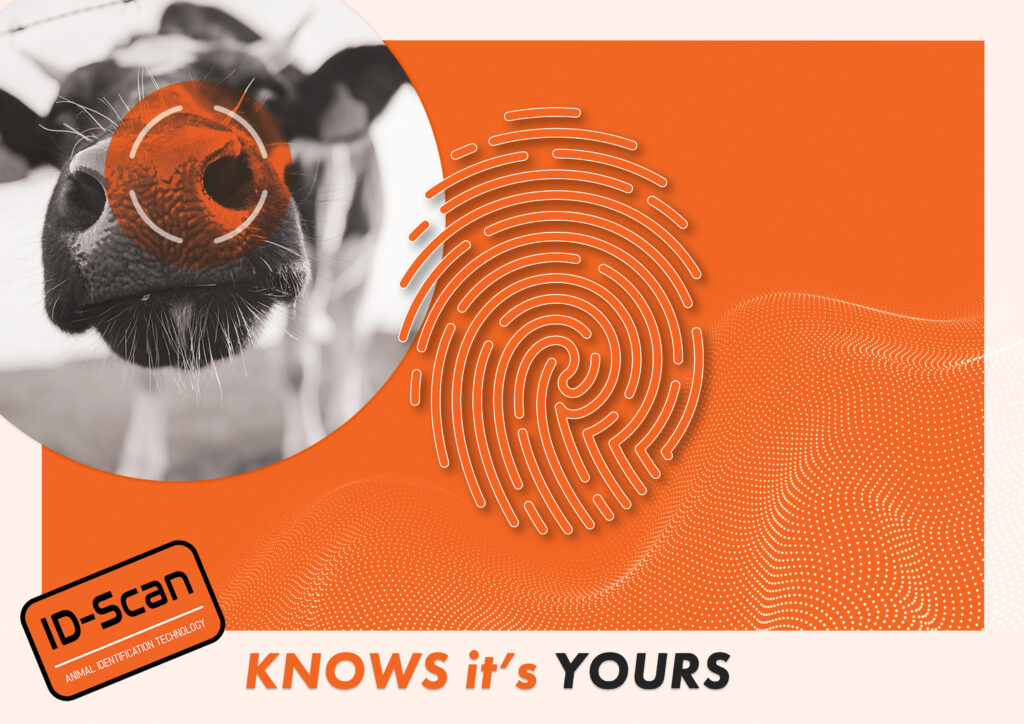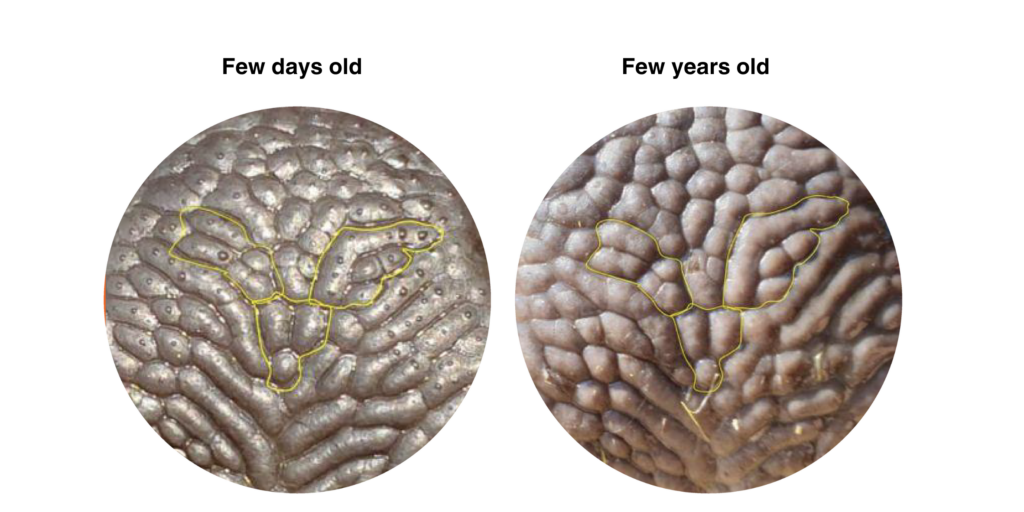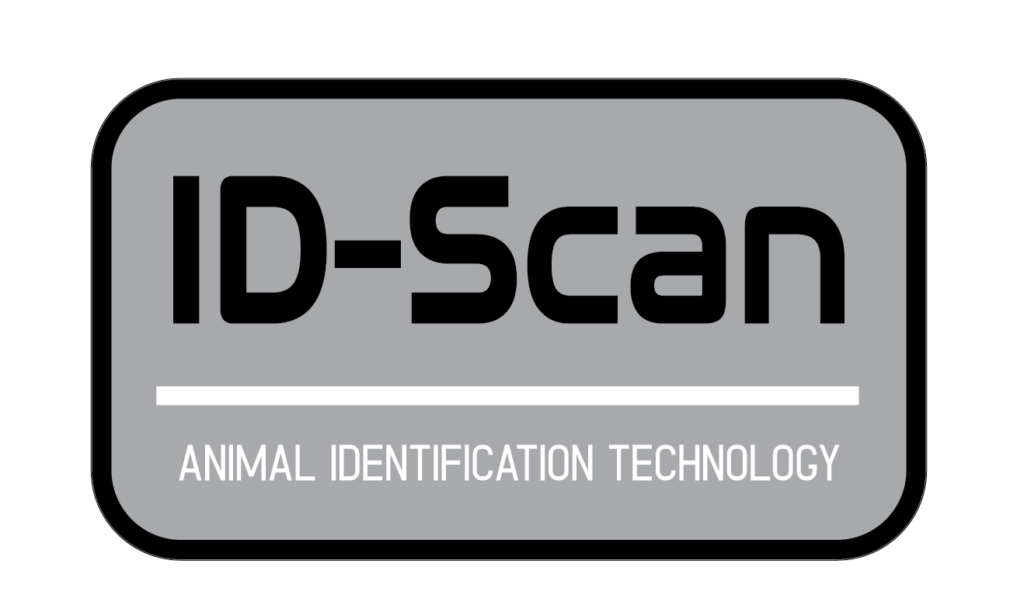When it comes to
animal identification, reliability, security, and ease of use are key. Traditional methods like branding, ear tags, and microchipping have long been used, but they come with limitations such as tampering, wear and tear, and costly upkeep. Our revolutionary noseprint recognition technology offers a permanent, tamperproof, and data-driven alternative—putting full control in your hands. Compare the options below to see how this cutting-edge system stacks up against conventional identification methods and why it’s the future of livestock management.

Vision Statement:
To create a globally recognized animal identity database using each animal’s unique, incorruptible biometric identity—ensuring painless identification, traceability, and best-practice management for livestock welfare, biosecurity, and industry standards.
• To establish individual identity for animals by means of easily accessible technology and each animal’s own biometric identity, without painful interventions
• To aim for productive, effective and profitable management of livestock that comply with professional standards for:
• Traceability
• Animal welfare
• Biosecurity
• Consumer standards
• “Best-practice“ Animal management
• Wagyu cattle use an ink-and-paper method on registration documentation.
• An American company uses the same technology for dog noses.

Nose print:
• In 1922, the nose print of a cow was proven to be as unique to cattle as fingerprints are to people.
• This fact is widely accepted by industry.
• Although limited commercial applications exist, it hasn’t been commonly used for almost 100 years.
Animal-Identification
Brandmark:
• Identify owner and confirm ownership
• The use of a hot-iron to burn mark onto skin
• Every stock owner are obliged by law to have a registered brandmark and to mark all animals he/she owns
• Practice faces serious animal welfare resistance and can be altered
Ear-tags:
• Used as management tool for animal identification
• A plastic tag that has the animal’s number is attached to the animal’s ear. It can also be a RFID- scannable tag.
• Tag can be replaced of removed easily. • Used for management purposes or for remote scanning (RFID)
Tattoo:
• Permanent tattoo in ear.
• Only visible on close contact.
Electronic scannable device:
• Could be a bolus, placed in the rumen, a microchip under the skin or a device attached to the animal’s neck or legs
• Expensive and required device for scanning
Animal Identity
Nose print:
• Confirmed to be as unique as fingerprint in 1922
• Used by one breed, Wagyu as conformation of identity
• No commercial roll-out so far
DNA:
• Uses genetic material
• Highly effective and reliable
• Expensive and has long time turn around time
Economic value of animal ID
Proven, incorruptible identification, adds enormous value to animals for:
Proof of ownership
• If ownership can be proven, an animal has monetary value for the owner
• Animals can be traded
Biosecurity and traceability
• Animals with a registered identity can be traced
Prevention of animal theft
• Animals can be identified when stolen
Financing institutions
• Bank can use animals as collateral
Insurance
• Animals with a registered identity can be insured
Stud industry
• Identity essential to register animals



